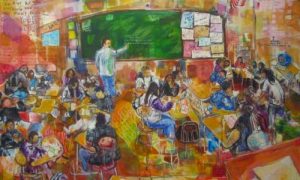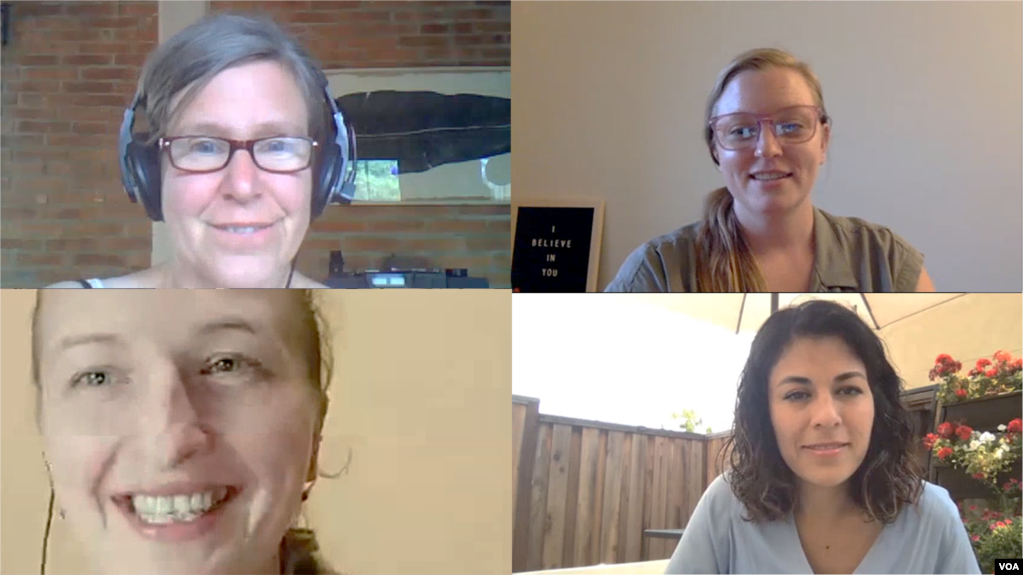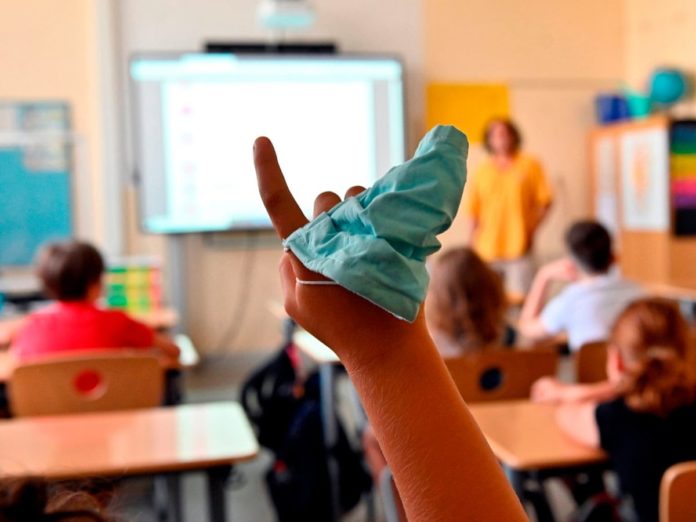Creative Ways to Teach English Virtually – Teachers in Waterbury are trying to be more resourceful and creative when it comes to educating children who do not speak English as a first language.

There are more than 2,800 English learners in the district, according to school officials. Spanish and Albanian are the other dominant languages in the city.
Teaching and learning are a fast changing form. Technology has opened doors of learning wide, and as a result the classroom, the learners, and the instructors are all changed beings today. It cannot be denied that learners today differ in competence and motivation levels at all learning platforms, be it a classroom or an eLearning module.
The exposure to newer technologies has led to a gap between the levels of teaching or instruction that a learner expects and what the instructor is able to impart. In such an environment it becomes difficult to attract and sustain the learner’s interest in the subject matter. Traditional classroom teaching requires a board for the teachers to demonstrate.
Other teaching aids like charts, graphs, or flash cards are also used. Keeping these time tested dictates in mind, the virtual classroom has been created, using the internet or intranet as the link. This “classroom” is similar to a traditional classroom of schools and colleges.
The difference is in its methodology of imparting the same course of teaching; while the teacher probably still uses a board (a digital whiteboard, in this case), he or she has the choice of using a number of aids to make the lesson more lively and interactive.
Learn more about this topic by reading on NBC.
After reading “Creative Ways to Teach English Virtually” you can check important issues for ESL teachers on the section PDFs, and visit my YouTube channel.







